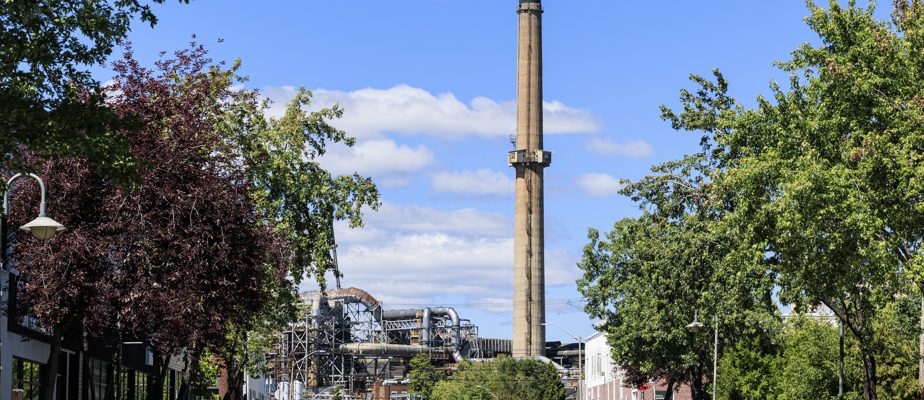Initially estimated at $500 million, the cost of the Horne Foundry modernization project, aimed at reducing its arsenic emissions, has been “significantly” increased, Glencore announced on Wednesday. The union which represents workers at the factory is asking to be “reassured” about the future of their jobs.
“Our members remain our priority and it is time to reassure them,” said Noranda Mine Workers Union President Shawn Smith.
Wednesday morning, Radio-Canada reported that the estimated cost of reducing arsenic emissions from the Horne Foundry had increased by 50%, from $500 million to $750 million.
According to an internal Economy Ministry document obtained by the public broadcaster, Glencore’s senior management “retains significant doubts about the advisability of carrying out the project”, the document states.
“The Horne Foundry appears to be at a crossroads and its future will likely be decided over the next four weeks,” the document reads.
“The investment of 750 million must absolutely be made in our factory. This is essential to retain our jobs, but also those of other factories and suppliers who depend on the Foundry. What we make is also essential to the ongoing transition, which aims to replace oil with electricity,” argued Mr. Smith.
In a press release released on Wednesday, Glencore confirmed that the costs linked to the Aeris modernization project “have been significantly revised upwards”.
We have met with the government in recent weeks on this subject. Like any company that is preparing to invest such amounts, we want to ensure that we have a stable environment and predictability regarding future operating conditions, in the medium and long term.
Extract from the Glencore press release
Thus, “a new stage of approval from the parent company is required, to validate the overall portrait of the project, including the required investments and the associated risks”.
The office of the Minister of Economy, Innovation and Energy, Pierre Fitzgibbon, confirmed that the document was authentic, adding that he does not have it and does not intend to return it audience.
Quebec imposed on the foundry a reduction in arsenic emissions to 15 ng/m3 and the submission of a plan to achieve 3 ng/m3 by 2027.
Currently, an agreement with the government allows emissions from the smelter to reach an annual average of 100 ng/m3or 33 times more than the Quebec standard of 3 ng/m3.
According to its website, the Rouyn-Noranda factory employs 600 workers. Its closure would also result in the layoff of 550 workers at the CCR refinery in Montreal East, which depends on its production.
“It is a shame that workers are periodically worried about their future. The company and the government should avoid creating unnecessary fears which risk complicating the hiring and retention of staff,” declared the president of the Central Council of Abitibi-Témiscamingue-Nord-du-Québec. CSN, Félix-Antoine Lafleur.
“We believe in our Aeris project, and the major investments linked to our modernization should allow us to become one of the most efficient copper smelters in the world in terms of atmospheric emissions,” concludes the Glencore press release.
Called to react to the threat of closure hovering over the foundry, the Minister of the Environment Benoit Charette recalled that the company had obligations to respect.
“It’s not a question of investment, it’s a question of results. And we need these investments to achieve them,” he underlined in the press scrum.
The closure of the factory would be “major”, indicated the CAQ MP for Abitibi-Est, Pierre Dufour, referring to the job losses and the consequences on other companies, such as the CCR refinery.
“It’s not a question of reassuring the company. I think everyone has a role to play in this matter. The government must ensure people’s safety with the Public Health Department. On the other hand, the company must also [agir en] good employer,” he said.
